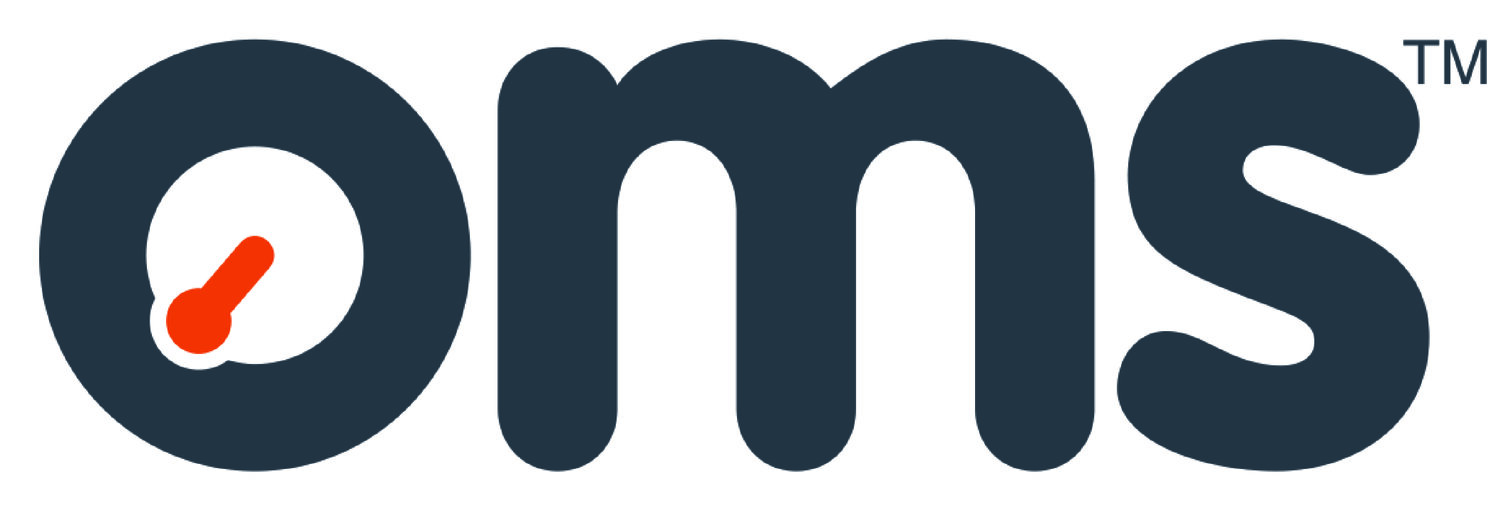Improving fit-up in large diameter pipes
Larger wind turbine blades hoisted to a higher position where they can reach stronger and more consistent winds create more energy. Some offshore wind turbines now being built have a rotary diameter of 222m and are capable of generating 14MW of power.
Challenging installation
Monopile and transition pieces have diameters around 6.5m – although some are as large as 10m. Dynamic and mechanical pressure on monopiles is huge, as they must bear their own enormous weight and that of the transition piece and rotary blades. They must also be strong enough to withstand the harsh marine environment, with its high winds, powerful currents, floating ice and corrosive seawater.
Installing and maintaining these large diameter pipes can be very challenging. Monopile and transition piece quality depends on the welding of their segments – a single faulty seam weld can threaten the structural stability of the entire turbine and a weld failure can have catastrophic results.
Improving pipe fit-up prior to welding can increase the chances of successful installation and maximise asset lifetime. OMS offers a large diameter pipe fit-up service specifically for the wind energy industry.
Improving fit-up means better welds
Better fit-up leads to higher quality welds and stronger pipes. Achieving good fit-up depends on having a comprehensive understanding of a pipe’s dimensions – but this is more difficult in pipes with a large diameter, which can have very different shapes, even if both are within specification.
OMS uses state-of-the-art laser sensors to measure large diameter pipes and conical transition pieces, creating 2D profiles and 3D cloud mowwdels rapidly. Our sophisticated software, SmartFit, analyses the resulting data, selecting the most suitable pairs for welding and the optimum rotation.
Saving money and increasing chances of project success
Selecting the best pipes for welding and arranging them in their optimum rotation improves weld quality and reduces the need for expensive cut-outs during installation. Project risk is lowered and chances of success increased. In the long term, better welded pipes mean assets have higher integrity and longer lifetimes – thus saving money on maintenance and potential replacement and reducing environmental impact.
Proven system
The OMS pipe fit-up service has been used successfully in the highly regulated oil and gas industry for many years before we diversified into renewable energy. If you would like to find out more about our renewable energy services please email us.
Find this article useful? Sign up for more here!
Posted 28.04.2022
[3 minute read]
By Paul Eagle, Head of Global Business



